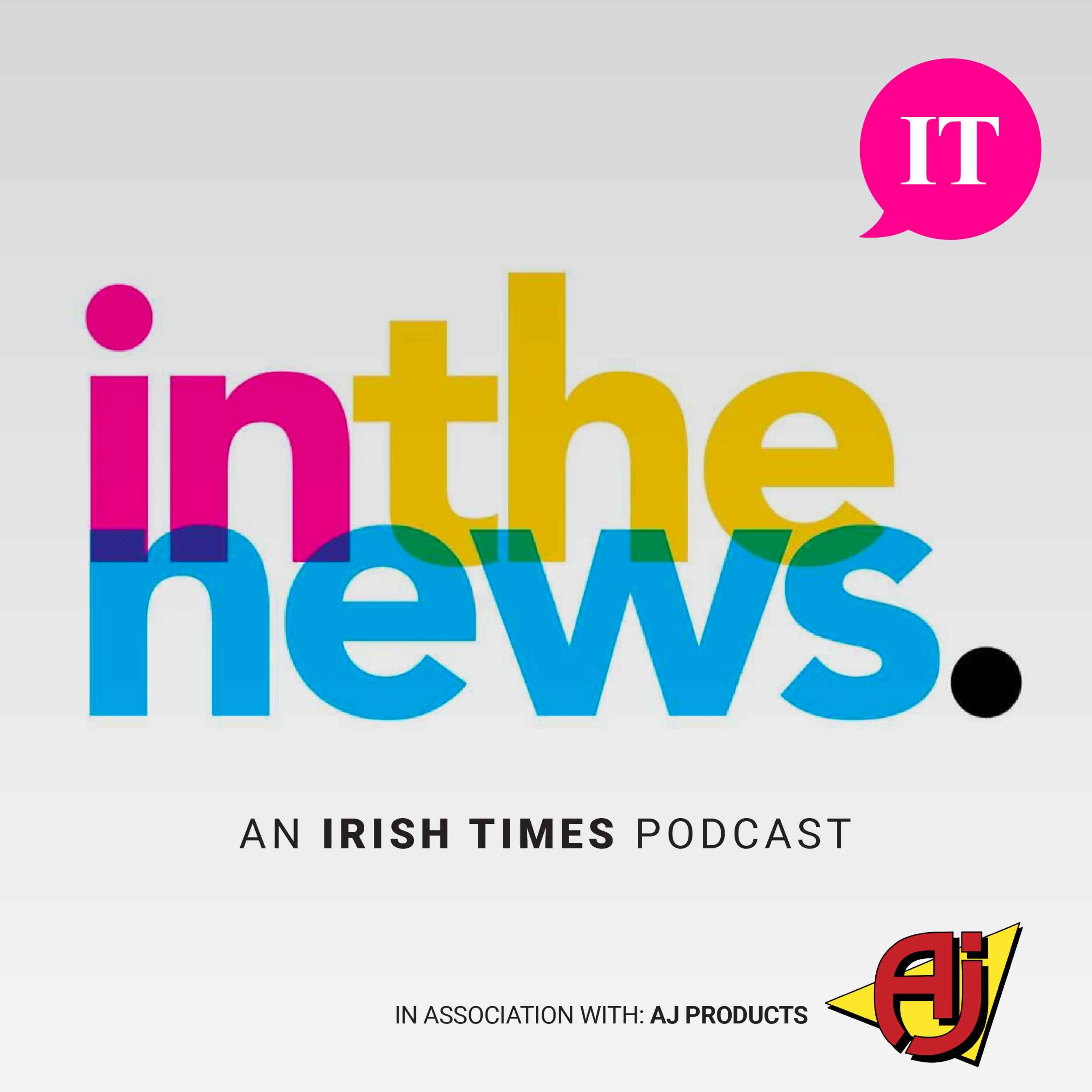A new chapter in the fractious relationship between Iran and the US began this week with America’s bombing of three Iranian nuclear-development sites; Iran’s retaliatory strike on a US military base in Qatar, and the tentative ceasefire in the Israel-Iran war announced by President Donald Trump.
The two countries have history: Key dates include 1953 when a CIA-orchestrated a coup, with British support, overthrew Iran’s democratically elected government and installed the monarch in exile, Mohammad Reza Pahlavi – the Shah of Iran; 1979 when Iranians, rebelling against his autocratic rule and fuelled by anti-American sentiment ousted the Shah putting the theocratic revolutionaries in power with their hard-line rule; November 4th, 1979 when Iranian students held more than 50 American citizens hostage at the US Embassy in Tehran in captivity for 444 days; and 1980 when US-Iran diplomatic relations broke down and stayed that way until US President Barack Obama struck a deal in 2013 with Iran to curtail its burgeoning nuclear programme.
In his first presidency Trump called that nuclear deal “the worse deal over” and pulled the US out. This left the way open for Iran to ramp up its nuclear programme.
But what happens now? Are the days of diplomacy over and how will Iran react?
Trump says he will ‘permanently pause’ migration from ‘third world countries’
Hong Kong blaze death toll reaches 128 as firefighters search apartment blocks
Up to 41,000 apartments with planning permission lying idle in system
Met Éireann forecasts cold, wet and unsettled weather this weekend with chance of thunderstorms
Borzou Daraghi, Iranian-American journalist and long-time Middle East-based Journalist, explains.
Presented by Bernice Harrison. Produced by John Casey.
























